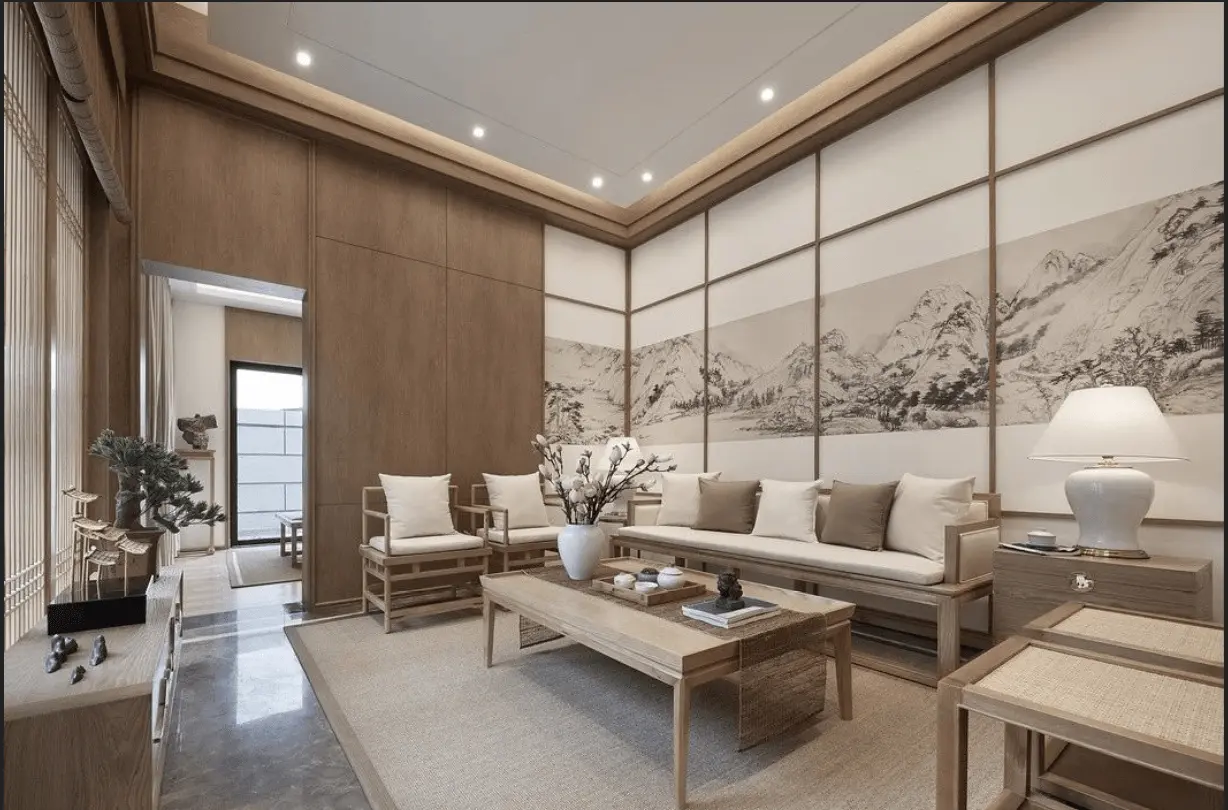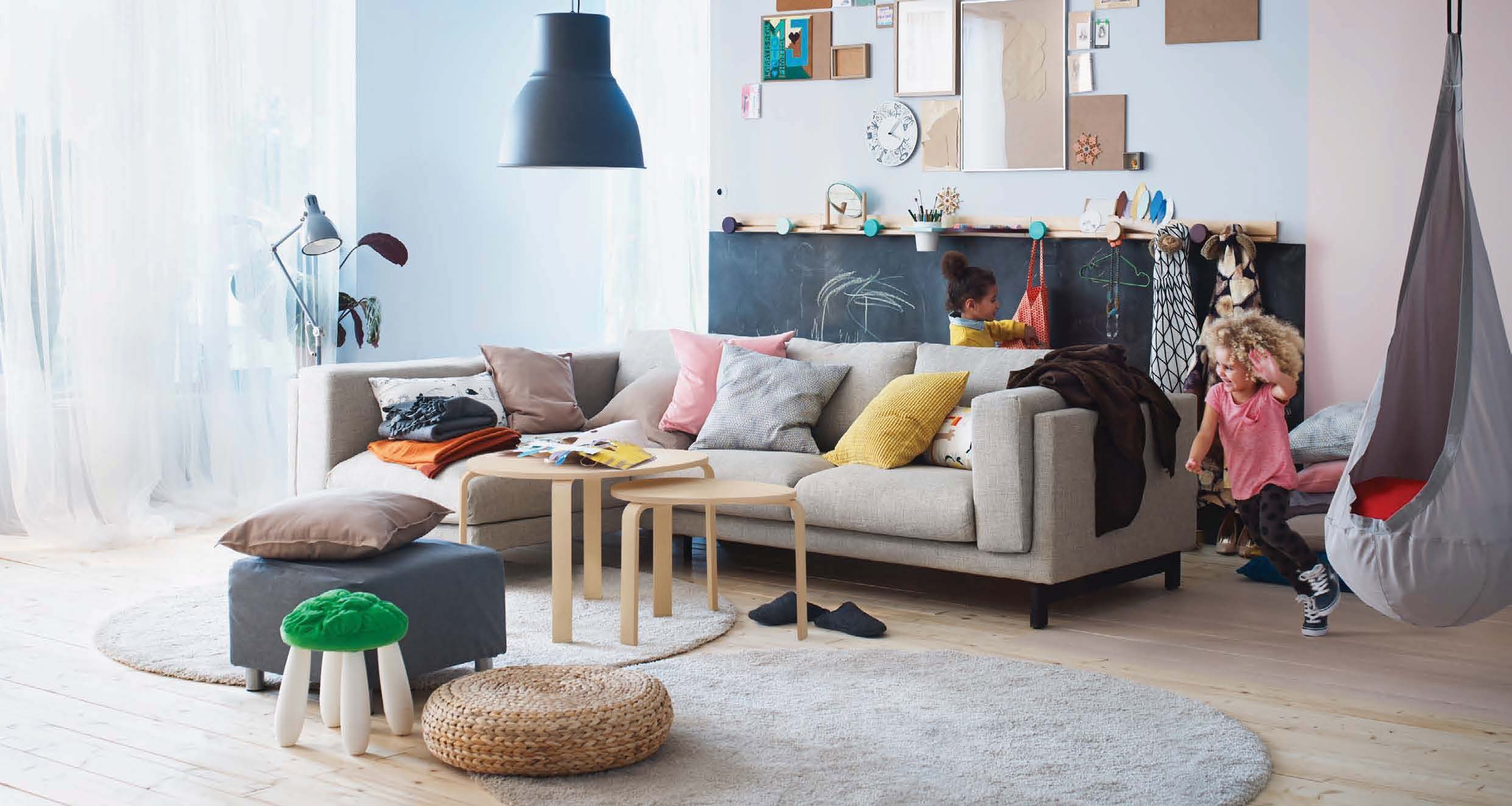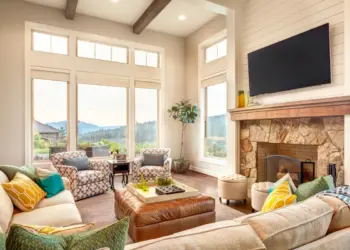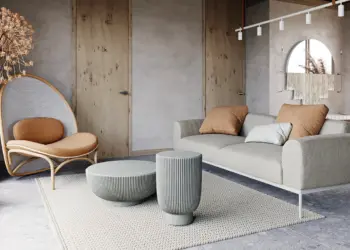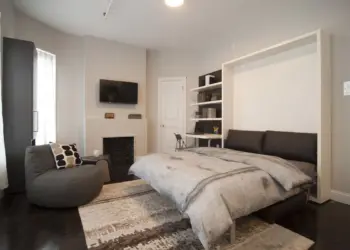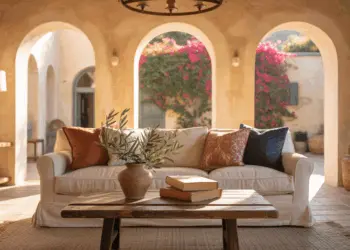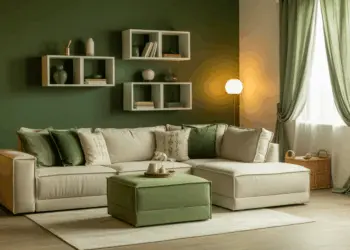Welcoming the serene and timeless elegance of Asian interior design into your living room can transform the space into a tranquil sanctuary that exudes harmony and balance. Infused with rich cultural heritage and minimalistic aesthetics, Asian style living room incorporate a blend of traditional and contemporary elements to create an inviting and visually appealing ambiance that reflects the essence of Eastern culture and design philosophies.
Understanding Asian Interior Design
Delve into the intricacies of Asian interior design and grasp the fundamental concepts and principles that define this style. Explore the diverse influences and cultural nuances that shape the essence of Asian design, encompassing a wide array of traditions, art forms, and philosophical perspectives that contribute to the overall aesthetic and atmosphere of an Asian-inspired living room.
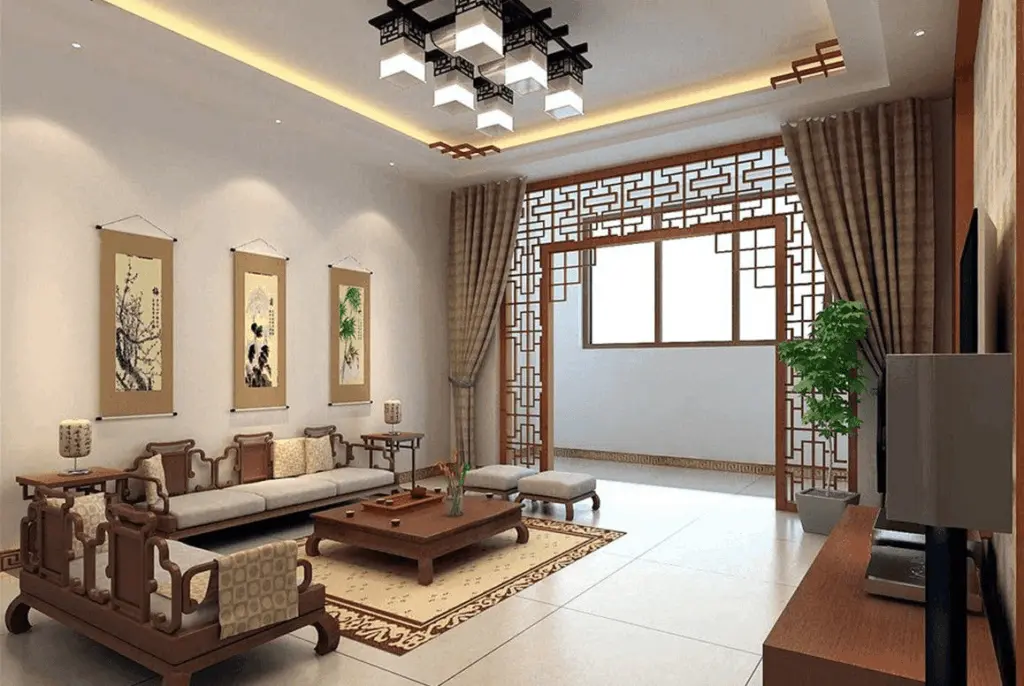
Key Elements of Asian Style Living Room
Discover the key elements that define an Asian style living room, including the use of natural materials, minimalistic design, harmonious color palettes, and functional simplicity. Embrace the concept of open spaces, fluid transitions, and a seamless blend of indoor and outdoor environments to create a calming and inviting atmosphere that embodies the core essence of Asian design principles.

Color Schemes and Materials: asian living room decor
Explore the distinctive color schemes and materials commonly used in Asian style living rooms. Emphasize the significance of earthy tones, neutral hues, and vibrant accents that add warmth and depth to the space, alongside the incorporation of natural materials such as bamboo, wood, and stone that evoke a sense of organic beauty and tactile richness.
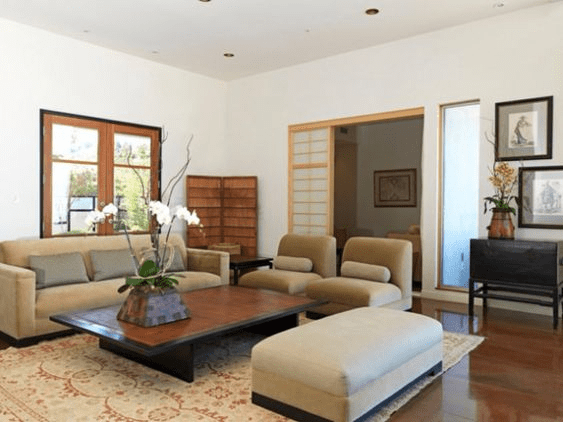
Furniture and Decor: asian inspired living room
Curate a collection of furniture and decor pieces that align with the aesthetics of Asian interior design. Opt for sleek and low-profile furniture with clean lines and minimal ornamentation, complemented by intricately crafted decor items, such as silk cushions, handwoven rugs, and intricately designed screens that add a touch of opulence and cultural significance to the living room space.
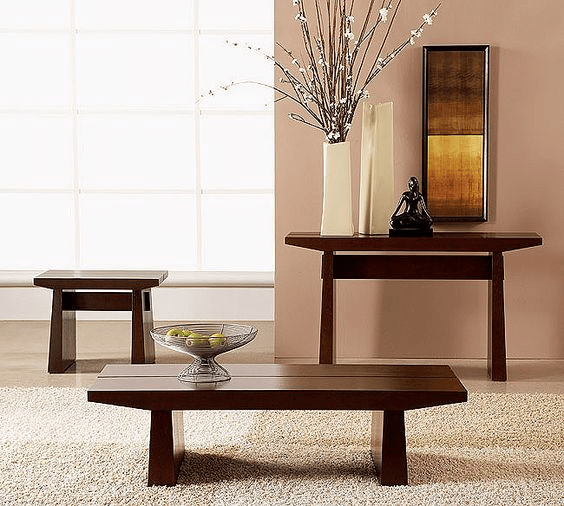
Incorporating Natural Elements: Asian Style Living Room
Integrate the serenity of nature into the living room by incorporating natural elements such as indoor plants, water features, and natural light. Foster a connection with the outdoors through the strategic placement of greenery and the creation of a tranquil environment that promotes relaxation, rejuvenation, and a sense of holistic well-being.
Creating Balance and Harmony In Asian Style Living Room
Achieve a harmonious balance between various design elements and spatial arrangements to foster a sense of equilibrium and tranquility in the living room. Pay attention to the arrangement of furniture, the flow of energy, and the visual equilibrium to create a cohesive and balanced environment that promotes peace and serenity.
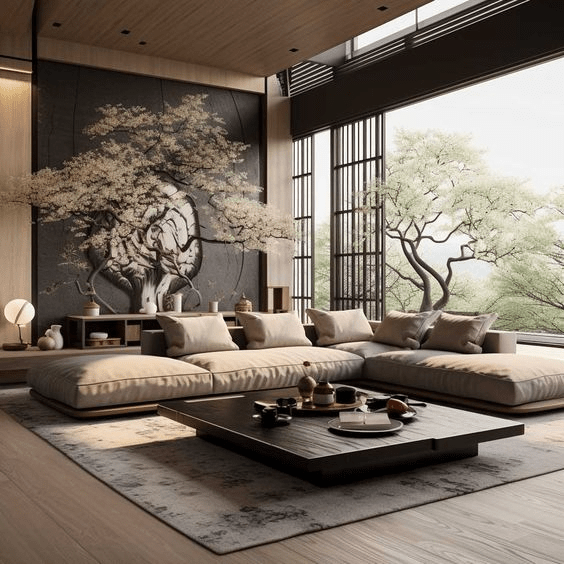
Lighting Strategies
Implement effective lighting strategies that enhance the ambiance and aesthetics of the Asian style living room. Integrate soft and diffused lighting to create a warm and inviting atmosphere, while incorporating natural light through strategically placed windows and skylights to establish a seamless connection with the outdoors and invite an abundance of natural energy into the space.
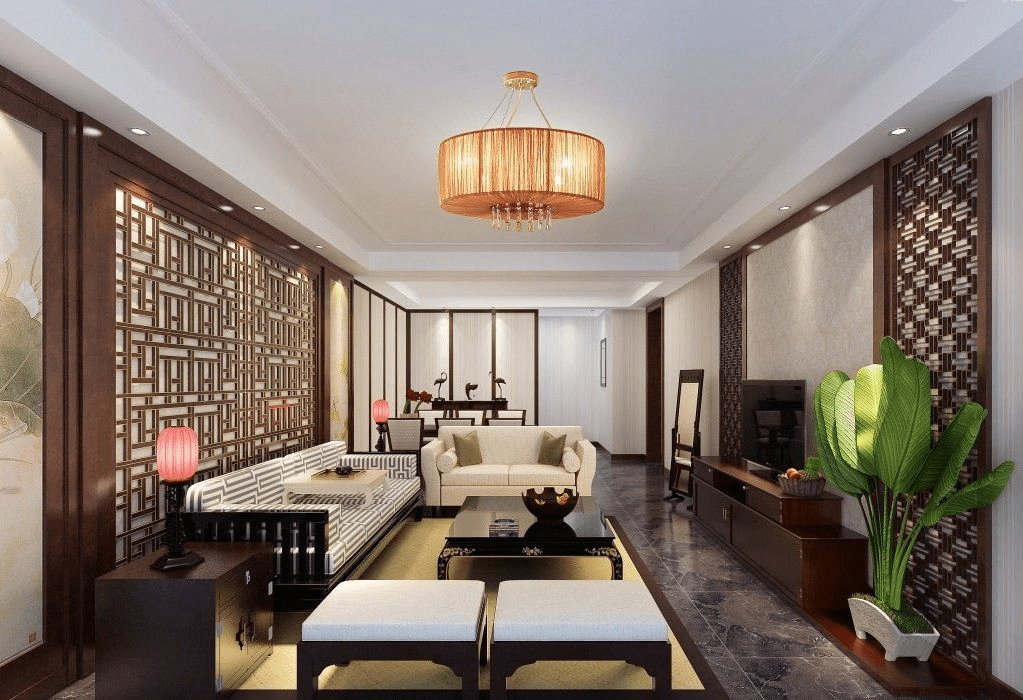
Traditional vs. Contemporary Fusion
Explore the art of blending traditional Asian design elements with contemporary influences to create a unique and personalized living room space that reflects modern sensibilities while honoring the rich cultural heritage of Asian design. Strike a balance between tradition and innovation to foster a sense of cultural appreciation and creative expression within the living room environment.
Space Optimization Techniques
Maximize the functionality of the living room space by implementing space optimization techniques such as multifunctional furniture, built-in storage solutions, and efficient spatial planning. Embrace the concept of minimalism and simplicity to create an uncluttered and organized living room that promotes a sense of tranquility and mindfulness.
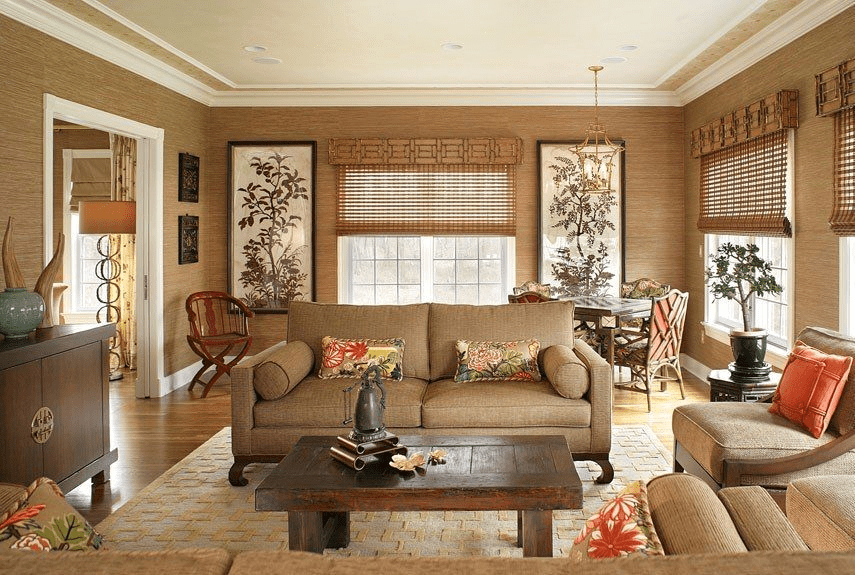
Cultural Significance in Design
Appreciate the cultural significance embedded within each design element and decorative piece in the Asian style living room. Understand the historical and symbolic meaning behind traditional motifs, patterns, and artifacts, and embrace the cultural depth and artistic legacy that contribute to the overall narrative and identity of the living room space.
Feng Shui Principles
Incorporate the principles of Feng Shui to promote positive energy flow and harmony within the living room. Explore the fundamentals of spatial orientation, furniture arrangement, and energy alignment to create a space that nurtures well-being, prosperity, and spiritual balance, fostering a sense of tranquility and positivity within the living environment.

Wall Art and Ornamentation
Elevate the visual appeal of the Asian style living room by incorporating traditional Asian wall art, calligraphy, and ornamental pieces that reflect the rich artistic heritage and cultural expressions of the East. Curate a collection of carefully selected artworks and embellishments that resonate with the overall design theme and narrative of the living room space.
Maintaining Simplicity
Embrace the essence of simplicity and minimalism in the Asian style living room by avoiding excessive ornamentation and unnecessary clutter. Cultivate a sense of mindfulness and serenity by maintaining a clean and uncluttered environment that allows each design element to shine and fosters a sense of tranquility and visual equilibrium within the living room space.
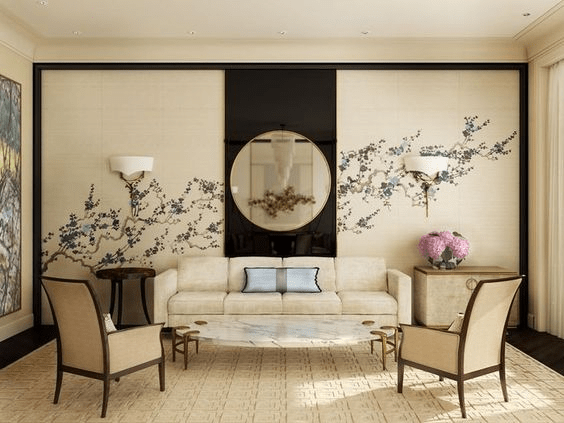
By embracing the core principles of Asian interior design, cultivating a deep appreciation for cultural heritage, and incorporating a harmonious blend of traditional and contemporary elements, you can curate an Asian style living room that serves as a tranquil retreat, fostering a sense of balance, serenity, and cultural richness within your living environment. Infuse each design element with intention and mindfulness to create a space that not only reflects your personal style and preferences but also honors the timeless beauty and wisdom of Eastern design philosophies.
FAQs
How can I incorporate Zen elements into my Asian style living room?
Implement Zen elements by using natural materials, neutral color palettes, and minimalistic decor to create a serene and tranquil atmosphere.
What are some traditional Asian design motifs that I can integrate into my living room?
Consider integrating motifs such as cherry blossoms, bamboo, and lotus flowers to infuse your living room with traditional Asian design aesthetics.
What lighting fixtures work best in an Asian style living room?
Opt for soft and ambient lighting fixtures, such as paper lanterns, pendant lights, and wall sconces, to create a warm and inviting ambiance.
How can I optimize space in a small Asian style living room?
Utilize multifunctional furniture, integrate built-in storage solutions, and embrace the concept of minimalism to maximize the functionality of the limited space available.
What are some contemporary design elements that complement the Asian interior design theme?
Consider incorporating modern design elements such as sleek furniture, contemporary art pieces, and minimalist decor to create a harmonious fusion of traditional and contemporary aesthetics within the living room space.
What is Asian living room?
An Asian living room reflects design elements inspired by various Asian cultures, often incorporating natural materials, minimalism, and balance.
How to make a room look Asian?
To make a room look Asian, incorporate traditional Asian furniture, natural elements, and cultural artifacts that reflect the essence of Asian interior design.
What is Asian interior design style?
Asian interior design style emphasizes simplicity, balance, and harmony, integrating natural materials, neutral colors, and minimalist aesthetics to create a peaceful and serene environment.
What is Asian style décor called?
Asian style decor is commonly referred to as “Oriental decor,” highlighting the cultural and design elements from East Asian countries such as China, Japan, and Korea.
